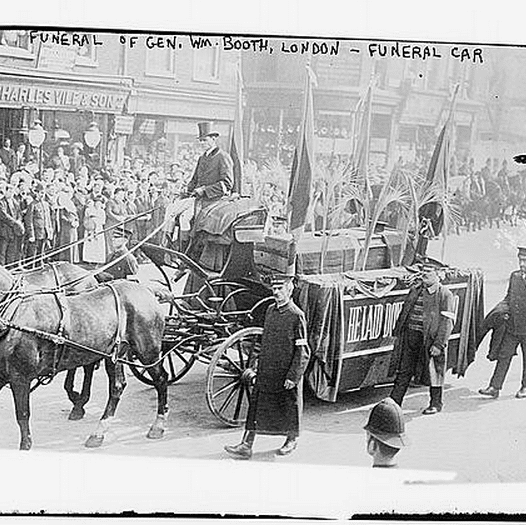In Colonial America mourning was simple; no special clothing and no elaborate meals or wakes. When a person died, the family buried them simply and with little ceremony.
During the early 1800s, when a death occurred, a carpenter was asked to build a coffin. The deceased was dressed in a shroud and laid out at home for viewing by family and friends. A brief funeral service was held and the burial done as soon as possible.
When Prince Albert died, Queen Victoria’s elaborate mourning ushered in the era of Victorian Mourning Customs. Fear of death was not as prevalent as the fear of not being properly mourned. Fashion magazines published rules of etiquette and clothing styles.
Mourning attire for a man was simple. He was expected to wear a black suit with a black armband and a wide black crepe hat band for the funeral and for the next three days. After that, he dressed normally, worked and conducted business as usual. If he had young children, he was encouraged to remarry as soon as possible so the children would have a mother.
Much more was expected from a woman. She was required to be in deep or full mourning for her husband the first year, and half mourning for another year. Deep mourning required an entire wardrobe of black crepe. Parasols, gloves, handkerchiefs, even undergarments were dull black, without lace or bows. She wore a veil in public and jewelry was not worn the first year. During the remaining period, jet black jewelry was acceptable. A popular trend was to incorporate a lock of the deceased’s hair into mourning jewelry. During the Civil War, a widow wore a bonnet, not a hat. Her personal life was affected; no social activities and definitely no fun or laughter. Interested suitors could tell when her mourning time was about over, because she could wear pearls or amethysts. After a respectable time, a widow could send out black edged cards telling friends and family that her time of heavy mourning had passed and she was ready for visitors.
When someone died, all the members of the household and servants began deep mourning. Children wore black, and babies were dressed in white clothing trimmed with black ribbons. Curtains were drawn and clocks were stopped at the time of death. Mirrors were covered because of a superstitious belief that the spirit of the deceased could become trapped in the reflective glass. Black crepe or a black wreath was hung on the front door. Funerals for children were white, including white gloves on the mourners, white ostrich plumes on the horses, a white coffin for the child.
Funeral invitations were sometimes issued. The receiver was expected to attend the wake or funeral, and limited excuses were accepted. Funeral Cards were printed and displayed in the general store and other businesses to spread the news, even before it could be printed in the newspaper. During the Civil War, death notices were printed immediately or even handwritten and a circuit rider would deliver them to families and businesses.
In the early to mid twentieth century, letters mailed or telegrams delivered included a black border around the edge or on the back flap, an advance warning to the recipient that a death had occurred.
Who could have anticipated that the 21st century “Extreme Generation” would adopt its own mourning custom of attending funerals wearing t-shirts, shorts and flip flops!

